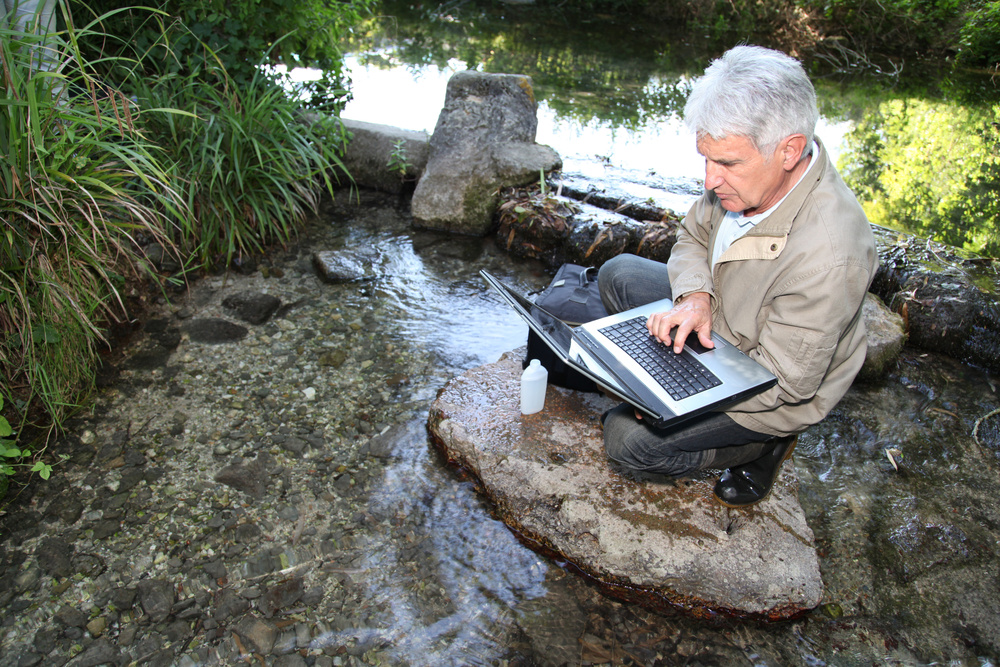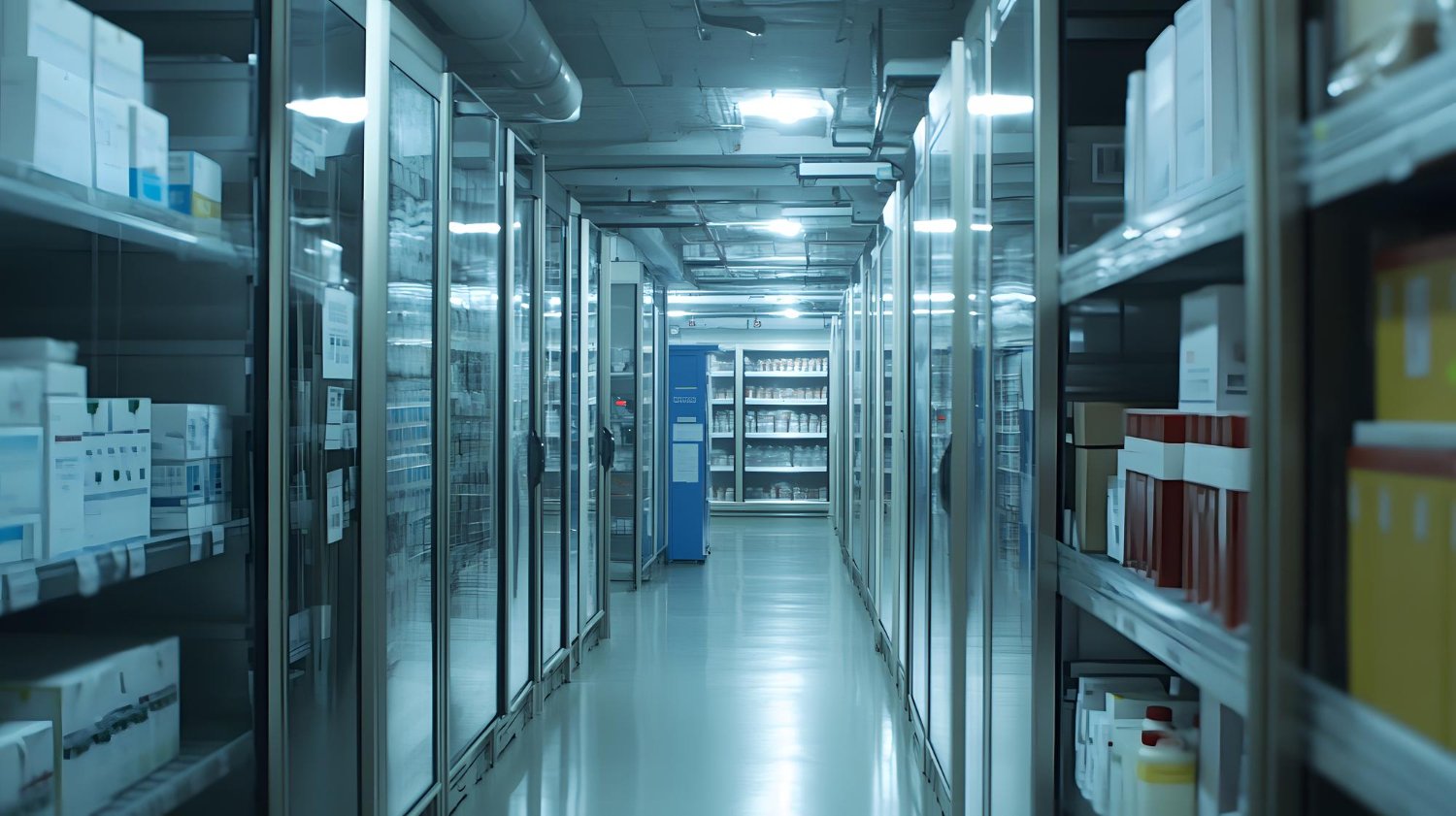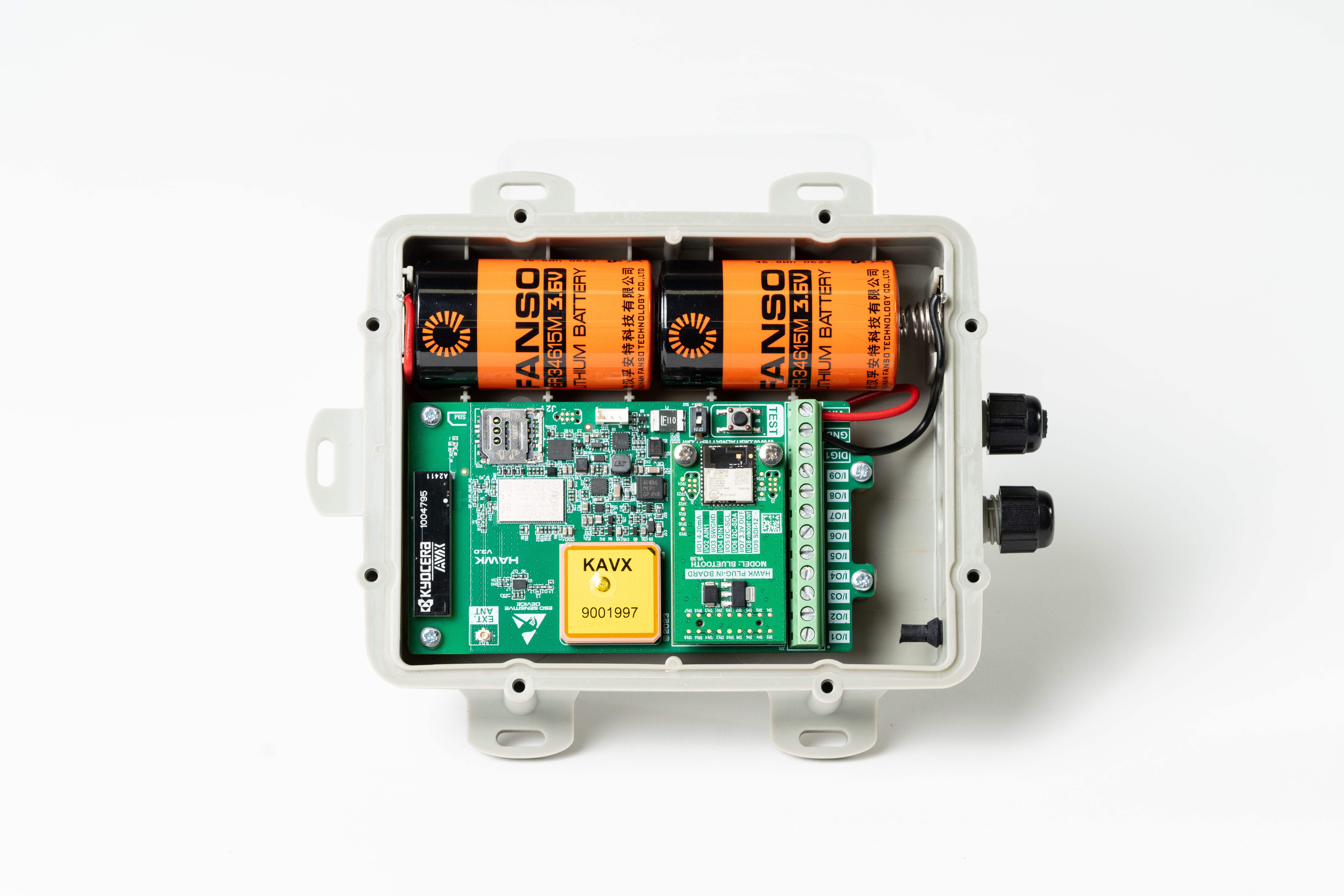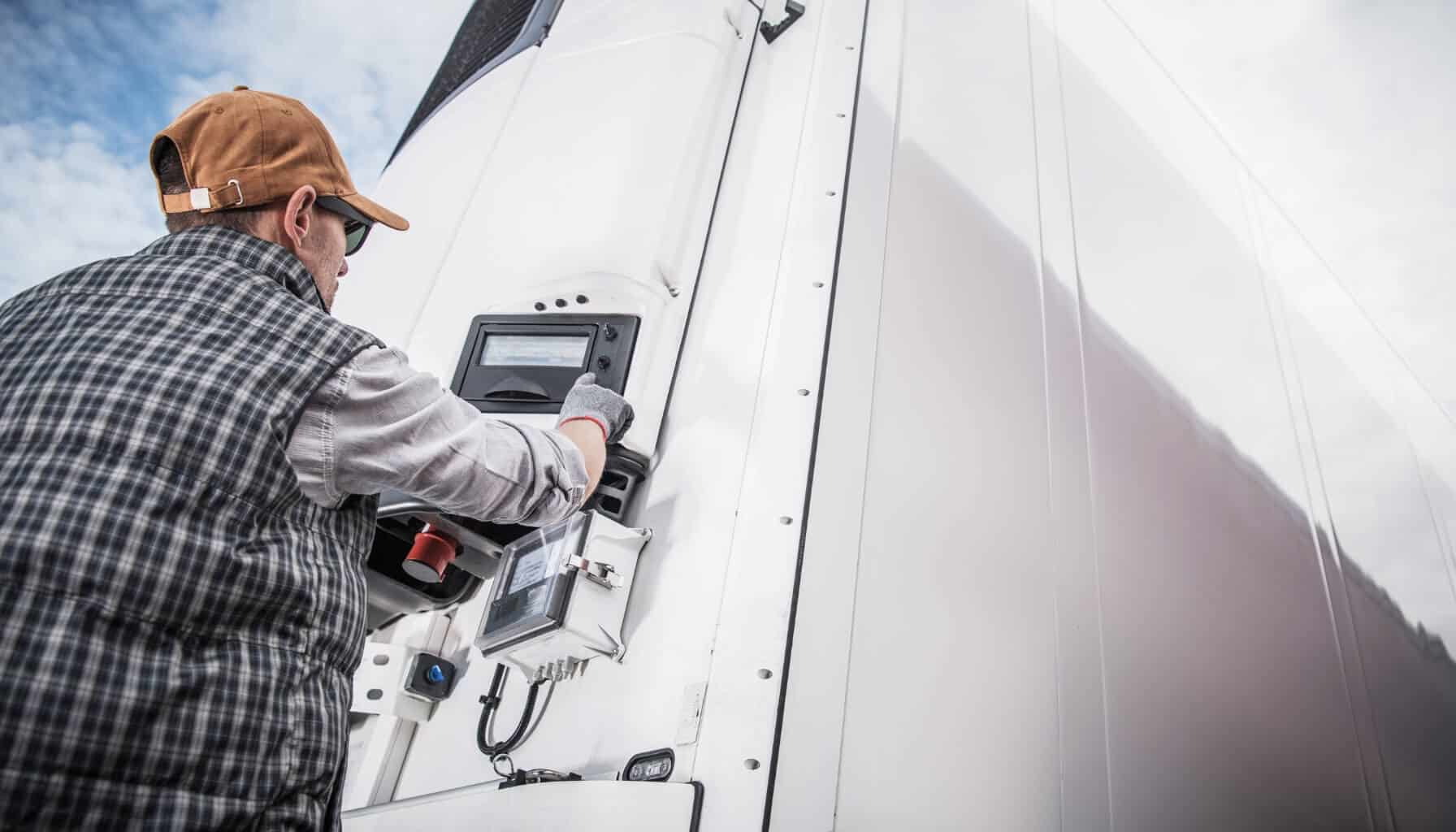Water Quality Monitoring: Remote Sensor Solutions

Our mission is to help businesses connect, protect, and derive more value from their assets. As a leading global innovator, developer, and supplier of IoT solutions, we drive continuous innovation to enable our partners to deploy confidently at scale worldwide.

Key Takeaways
- Monitoring key parameters to ensure water quality: Remote systems use sensors to measure critical parameters such as pH, dissolved oxygen, turbidity, conductivity, and temperature, enabling organizations to maintain water safety, regulatory compliance, and environmental integrity.
- System components and data flow: Water quality sensors transmit data to a logger like the Hawk, which interprets and relays information to the cloud. This supports near real-time monitoring across applications including agriculture, manufacturing, healthcare, and wastewater treatment.
- Hawk data logger integration for water quality: The Hawk supports low-power, rugged deployment in challenging environments and interfaces with a wide range of water quality sensors, facilitating continuous, reliable data acquisition and remote decision-making.
What is a Water Quality Monitoring System?
A water quality monitoring system aims to measure various parameters of water. These systems contain water quality sensors that log different types of quality parameters such as pH, dissolved oxygen, water purity, conductivity, and temperature. The sensors collect this data, and a data logger interprets the data. This data is then sent to a cloud system, allowing for remote monitoring of the water quality data captured.
How Do Water Quality Monitoring Systems Work?
Water quality monitoring comprises a systematic process that involves sensor placement, data transmission, sensor readings, and near-real-time monitoring. Water quality sensors are strategically placed within the distribution system and in several locations within a water body to capture critical data. Once this data is captured, the sensors wirelessly transmit it to the data logger. The data logger interprets these sensor readings and sends the data to a cloud network, enabling remote access. This allows for near-real-time monitoring, allowing for critical, informed decisions to be made promptly.
Importance of Water Quality Monitoring Systems
Water quality monitoring systems provide accurate and reliable data, essential for maintaining water standards and making informed decisions. These systems help organizations achieve significant cost savings, remain compliant, reduce waste, and optimize processes. Water quality monitoring is critical across various industries, including:
Agriculture
Monitors irrigation water to prevent soil contamination and ensure crops receive clean water, essential for healthy growth and preventing the uptake of harmful substances by plants. It also tracks water temperature and water level to optimize irrigation efficiency.
Food and Beverage
Ensures that water used in production is safe, free from contaminants, and meets health regulations, maintaining the safety and quality of consumable products. Monitoring other parameters, such as pH and chemical contaminants, helps ensure regulatory compliance.
Manufacturing
Ensures that water used in production processes is free from contaminants, preventing damage to machinery and ensuring the quality of the final product. Continuous monitoring of water level and other parameters ensures operational efficiency and product consistency.
Healthcare
Maintains high water quality standards for medical facilities, ensuring that water used for cleaning, sterilization, and patient care is free from harmful microorganisms and chemicals, preventing infections and ensuring patient safety.
Wastewater Treatment Facilities
Essential for monitoring water quality as it leaves the treatment line, ensuring that effluent meets environmental standards before being discharged into natural water bodies or reused in industrial processes.
Environmental Management
Monitors natural water bodies to protect ecosystems by detecting pollution, changes in water chemistry, and other factors that could harm aquatic life. Provides data for environmental policies and conservation measures to protect natural water resources.
Water Quality Monitoring: Data Loggers and the Hawk
Data loggers play an integral role in recording and storing data from water quality sensors. Data loggers like the Hawk ensure that the data is preserved accurately and is readily available for analysis and reporting.
Features of The Hawk
The Hawk data logger is designed for efficient water quality monitoring, with many advanced features:
-
Low Power Consumption: Designed to operate efficiently with minimal power usage. The Hawk features different power housing types, including a solar power housing with LiPo (Lithium Polymer) batteries, which harnesses solar energy for extended and continuous operation.
-
Real-Time Data Logging: The data captured from The Hawk comes from multiple data sources and can be configured to upload as frequently as required, providing remote access for timely decision-making.
-
Durability: The Hawk's durability is ensured by its IP68 and IK10 ratings, providing exceptional protection against dust, water submersion, and mechanical impacts. Additionally, its rugged construction with corrosion-resistant and UV-resistant materials ensures reliable performance in harsh environmental conditions.
Types of Sensors Compatible with the Hawk
The Hawk is designed to integrate with an extensive range of sensors. Common sensors for water quality monitoring include:
Temperature Sensors
-
MLX90614: This infrared thermometer for non-contact temperature measurements ensures accurate readings for process control in manufacturing and food industries, utilizing an I2C interface.
pH Sensors
-
Senix ToughSonic® pH Sensors: Essential for agriculture and environmental management to maintain balanced water chemistry, this sensor measures the acidity or alkalinity of water and utilizes a 4-20mA interface.
Dissolved Oxygen Sensors
-
YSI ProODO: This sensor measures oxygen levels in water, crucial for monitoring aquatic ecosystem health and ensuring adequate oxygen for aquatic life. YSI ProODO sensors use an RS232 interface.
Conductivity Sensors
-
Campbell Scientific CS547A: Important for agriculture and environmental monitoring, this sensor monitors water conductivity to detect changes in salinity and operates with an SDI-12 interface.
Turbidity Sensors
-
YSI EXO Turbidity Sensor: This sensor measures water cloudiness to indicate suspended particles, critical for assessing water quality and clarity in environmental monitoring, utilizing an RS485 interface.
ORP (Oxidation-Reduction Potential) Sensors
-
Sensorex ORP200: Evaluates the water's ability to break down contaminants, crucial for effective water treatment processes, and uses a 4-20mA interface.
The Hawk ensures compatibility and optimal performance with these sensors, offering reliable data collection and transmission. This compatibility is crucial for comprehensive monitoring and maintaining optimal conditions across various applications.
For a detailed list of compatible water quality monitoring sensors, please visit our Knowledge Base, to learn more about supported sensors and inputs for comprehensive monitoring.
Summary
Implementing a water quality monitoring system offers a variety of benefits, including operational efficiency, asset protection and regulatory compliance. The Hawk data logger enhances the effectiveness of these systems by providing seamless integration and real-time monitoring technologies.
Contact us today to learn more about how the Hawk can benefit your business and ensure optimal water quality monitoring.
Remote Water Quality Monitoring Systems FAQs
How do utilities benefit from remote water quality monitoring systems?
Utilities use remote water quality monitoring systems to ensure compliance with environmental regulations, reduce operational costs, and improve water quality management. These systems provide near-real-time data on critical water parameters, helping utilities quickly identify potential contamination or infrastructure issues before they impact customers.
What are the main challenges associated with deploying remote water quality monitoring stations?
Deploying remote water quality monitoring stations can present challenges such as sensor maintenance, data transmission reliability, and power supply management in remote locations. Harsh environmental conditions, biofouling, and fluctuating water quality can also impact sensor accuracy and lifespan, requiring regular calibration and maintenance.
Can these systems be used to monitor water quality in streams and rivers?
Yes, remote water quality monitoring systems are well-suited for use in streams and rivers. They can continuously measure parameters like flow rate, dissolved oxygen, pH, and nutrient levels, providing critical data to assess the health of aquatic ecosystems and detect early signs of pollution or habitat degradation.
How does remote water quality testing compare to traditional methods?
Remote water quality testing offers continuous, automated monitoring without the need for frequent manual sampling, significantly reducing labor costs and response times. Traditional methods, while accurate, often involve time-consuming lab analysis, which can delay critical decisions. Remote systems, on the other hand, provide real-time insights, making them ideal for proactive water management.



.png)


-1.jpg?width=352&name=Untitled%20design%20(6)-1.jpg)

-1.jpg?width=352&name=Untitled%20design%20(5)-1.jpg)